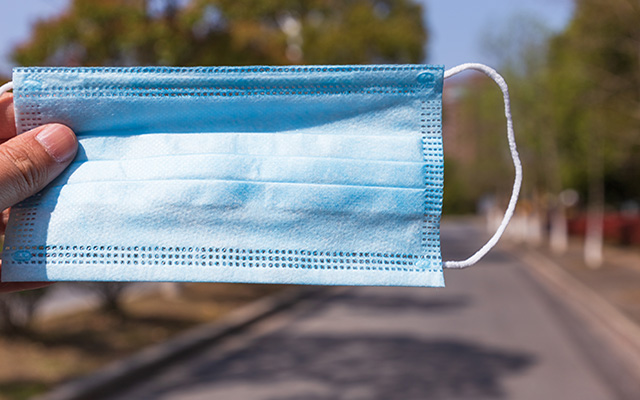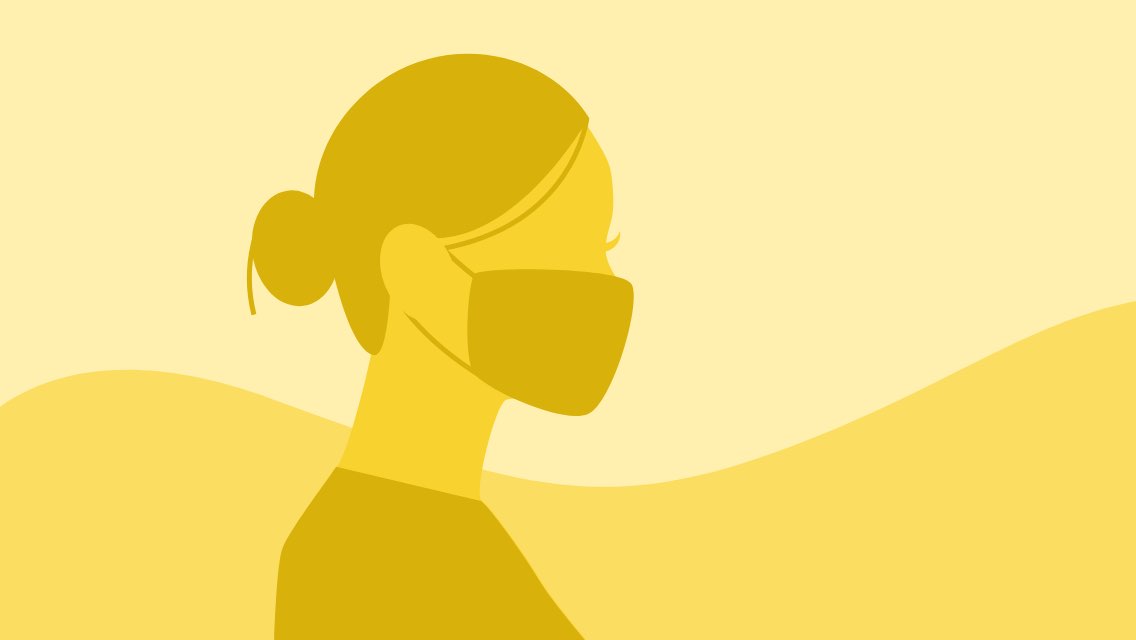Back in those carefree days before the novel coronavirus changed everything, My Lovely Wife and I spent an inordinate amount of our discretionary income dining at a neighborhood bistro a short bike ride from our home in South Minneapolis. Two or three times a week we’d land there, often after an afternoon work session at our favorite coffee shop, a mile farther north. “It’s on our way home,” was all the excuse we needed.
The pandemic shuttered both businesses from March until mid-June and forced MLW and me to recalibrate our daily routine. Working at home, we established a midafternoon coffee break (brewing beans from the coffee shop) and rediscovered the joys and perils of cooking in our own kitchen. We figured we’d return to our former hangouts at some point but found ourselves a bit ambivalent upon hearing of their reopening. More than two months have passed, and we’ve visited the coffee shop once and the bistro twice.
It’s a testament, I think, to the durability of cultivated patterns; we’ve abandoned the old routine and settled into a new one. But it’s also about how the virus has transformed the experience. We now need to make reservations, don our masks, and limit our stay. And to hear Elisabeth Rosenthal tell it, we’re subtly calculating our tolerance to risk.
“There are many knowable parameters in the equation: your health; the prevalence of cases where you live; the safety precautions being taken any place you want to visit. But the final answer may depend on your individual risk tolerance for exposure to infectious disease,” she writes in the New York Times. “Most Americans alive today have never before had to make that self-assessment.”
I was too young to worry about the polio outbreak in the early fifties, and I have to confess that I simply ignored the various brands of deadly influenza that made headlines prior to our current pandemic. I’ve never rolled up my sleeve for a flu shot.
But COVID-19 has grabbed me — and most of my geezer compatriots — by the lapels and shaken me up. I’ve declined every social invitation that does not take place outdoors (and some that did) and have refused even to attend our daughter’s indoor wedding reception. I never leave home without my mask, and I maintain a strict social distance in any public place.
Eventually, however, we’ll all have to push the boundaries a bit, Rosenthal argues. “Note that these decisions do not mean ignoring the data and infectious disease specialists’ recommendations, as some on the right are doing as they push ahead to open schools, businesses, restaurants, and sports arenas,” she writes. “Actually, it’s kind of the opposite: Accepting risk doesn’t mean throwing caution to the wind. It means taking all precautions and deciding you can live with the very reduced risk that remains.”
I’ve done that to some extent by renewing my weekly golf outing with my brothers and welcoming our grandson into our home every Friday afternoon. I even ventured into the office the other day — masked and distanced — for an extended meeting, something I wouldn’t have considered a month ago. So, I may not have reached the heights of paranoia yet.
And, if the results of a recent study hold true, I may not be wired in a way that gets me there.
University of Connecticut researchers last week released a paper suggesting that it’s the germophobes among us who are most likely to remain cloistered as society gradually reopens. While this is hardly a surprising conclusion, it does challenge conventional wisdom about the influence of political persuasion, age, and infirmity as forces controlling our response to the virus. A healthy disgust for pathogens tends to overshadow all other factors.
“What we found in our data set was that the most consistent predictors of concern about COVID and then engagement in preventative health behaviors are actually those psychological disease-avoidance factors,” lead study author Natalie Shook, PhD, said in a statement.
In other words, age alone doesn’t seem to govern how elderly Americans have responded — despite our heightened vulnerability to the bug. “Older participants reported more concern about COVID, which makes sense — they’re at higher risk,” Shook noted. “But when we looked at preventative health behaviors, we weren’t necessarily seeing that older adults were engaging more in preventative health behaviors. So, where there was the concern, that wasn’t necessarily translating into the behaviors that could prevent them.”
Geezerville boasts a highly diverse population, so I’m not surprised to learn there’s no broad consensus among its residents on how to survive the pandemic. Like anyone else, we tend to do what seems to make sense in any given situation. Some of those decisions are based on political leanings or personal experience or just plain stubbornness. But I suspect the overriding consideration has something to do with Rosenthal’s notion of risk tolerance.
I’d like to think, for example, that the tens of thousands of unmasked graybeards astride their Harleys didn’t descend on Sturgis, S.D., thinking they’re likely to return home to spread a deadly infection among their friends and loved ones. I want to assume that they simply believed the rewards overruled the risks — or something like that.
My risk tolerance is exponentially lower than that of the Sturgis crowd, but it’s gradually rising. MLW and I even returned to our neighborhood bistro last weekend for a late dinner. The tables were well spaced beneath the tent-like structures on the patio, masks were de rigueur, and the atmosphere was conducive to a leisurely repast.
It all felt a bit like a brief vacation from reality, though, rather than the beginning of some variation on the new normal. “They’re going to have a helluva time heating this space come November,” I quipped.
MLW mentioned that she had actually chatted about this the other day with the bistro’s owner, who told her he’d discussed indoor dining with his waitstaff. They quickly vetoed the idea, though: It’s way too risky.




This Post Has 0 Comments